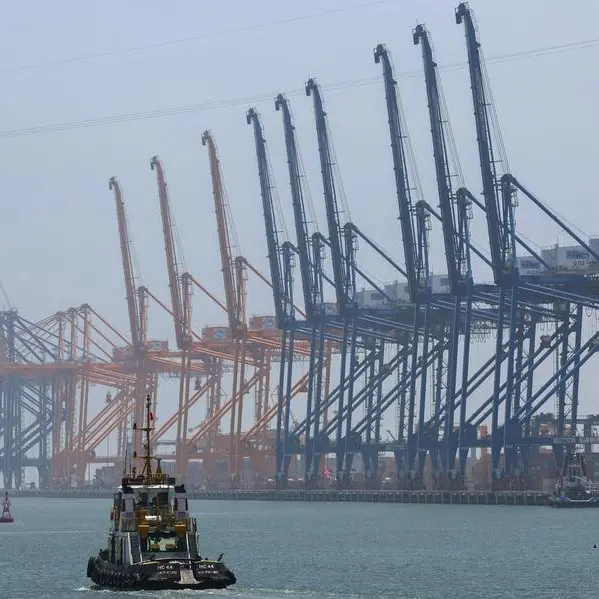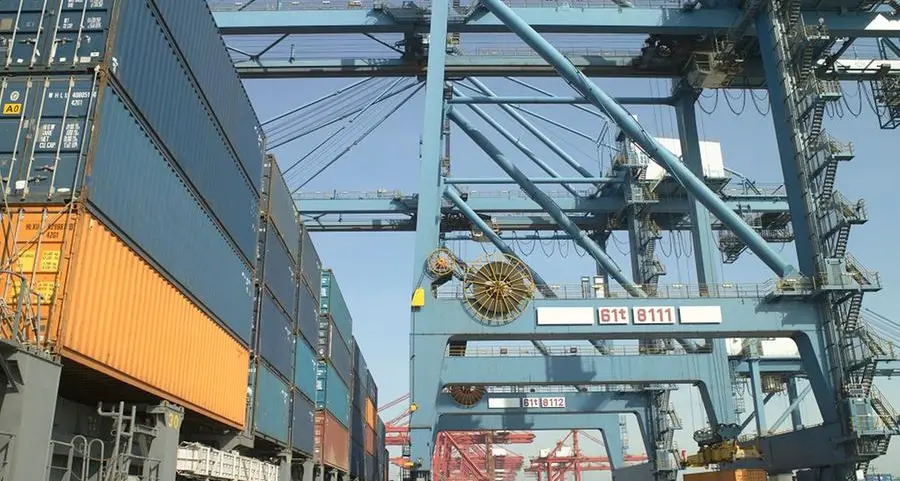PHOTO
A farm worker operates a combine harvester during the soybean harvest season in Brazil's southernmost state, on a farm in Nao Me Toque, Rio Grande do Sul state, Brazil, April 4, 2025. REUTERS/Diego Vara.
(The opinions expressed here are those of the author, a market analyst for Reuters.)
NAPERVILLE, Illinois - U.S.-China Trade War 2.0 is heating up and soybeans, China’s top U.S. import, are in the crosshairs once again.
But the soybean battle may be lackluster right now because of how little trade is done at this time of year and how few U.S. cargoes are left to ship to China this season.
It is well known that China in recent years has reduced reliance on U.S. beans while leaning more heavily into the Brazilian market.
Last week’s U.S. tariff onslaught – and China’s retaliatory response – come nearly seven years to the day that Beijing first announced intended measures against U.S. soybeans, early in the first U.S.-China trade war.
Back in 2018, this appeared a senseless, self-damaging move for China, as all analysis indicated no possible path for China to avoid importing U.S. soybeans.
However, Beijing for a time was able to shun the American oilseed to a much larger degree than expected based on a one-off, catastrophic spread of disease throughout its hog herd, slashing feed demand.
Today, data suggests that China should still need some degree of U.S. soybeans, albeit lower volumes than previously.
But don’t expect those purchases to show up anytime soon.
BY THE NUMBERS
As of March 27, China had purchased 22.12 million metric tons of U.S. soybeans for shipment in 2024-25, which ends August 31. That is a 12-year low for the date aside from the first two trade-war years.
Still, China accounts for 48% of total soybean sales so far, highlighting its importance in U.S. trade.
Only about 600,000 tons of China’s 2024-25 U.S. bean commitments were unshipped as of March 27, representing above-average export progress.
U.S. Department of Agriculture data on Monday showed another 341,000 tons of U.S. beans inspected for export to China in the week ended April 3. This means only a handful of cargoes are left to ship, reducing the risk that China cancels orders.
But 2 million tons of unshipped beans booked to unknown destinations remained on the books as of March 27. While that is an average volume when compared with overall sales, it leaves room for potential Chinese cancellations.
There is no risk of China terminating 2025-26 contracts since there are none in existence.
Last year, China began buying 2024-25 U.S. soybeans in mid-July, its latest start since 2005, and a similarly delayed onset this year would not be surprising.
BRAZIL’S ROLE
“Black swan” events are unpredictable, in theory. No one knew that African swine fever could allow China to shut out U.S. beans in 2018.
But under business-as-usual, China likely cannot eliminate the U.S. oilseed yet.
Recently, both China and Brazil have respectively imported and exported roughly 100 million tons of soybeans per year. So theoretically, Brazil could almost fully cover China’s annual needs.
But Brazil has other customers, and its soybean supplies are usually thin in the months leading up to harvest, which is when U.S. beans are plentiful and cheaper. China also prefers U.S. beans for its state reserves, as lower moisture levels allow for better storage.
China has increased dependence on Brazil, but the reverse is not exactly true. China was the destination for 73% of Brazilian soybean shipments in 2024. That compares with 75% in 2013 and a 75% average ever since.
This suggests it is highly unlikely that Brazil would suddenly shift all its bean business exclusively to China. However, if Brazil’s crop continues to expand faster than Chinese demand, China would be able to continue slowly phasing out U.S. soybeans.
While China is likely to remain the top destination for U.S. soybeans for the time being, market participants have learned after the first trade war that when it comes to China, nothing is ever guaranteed. Karen Braun is a market analyst for Reuters. Views expressed above are her own.
(Writing by Karen Braun Editing by Matthew Lewis)
Reuters























